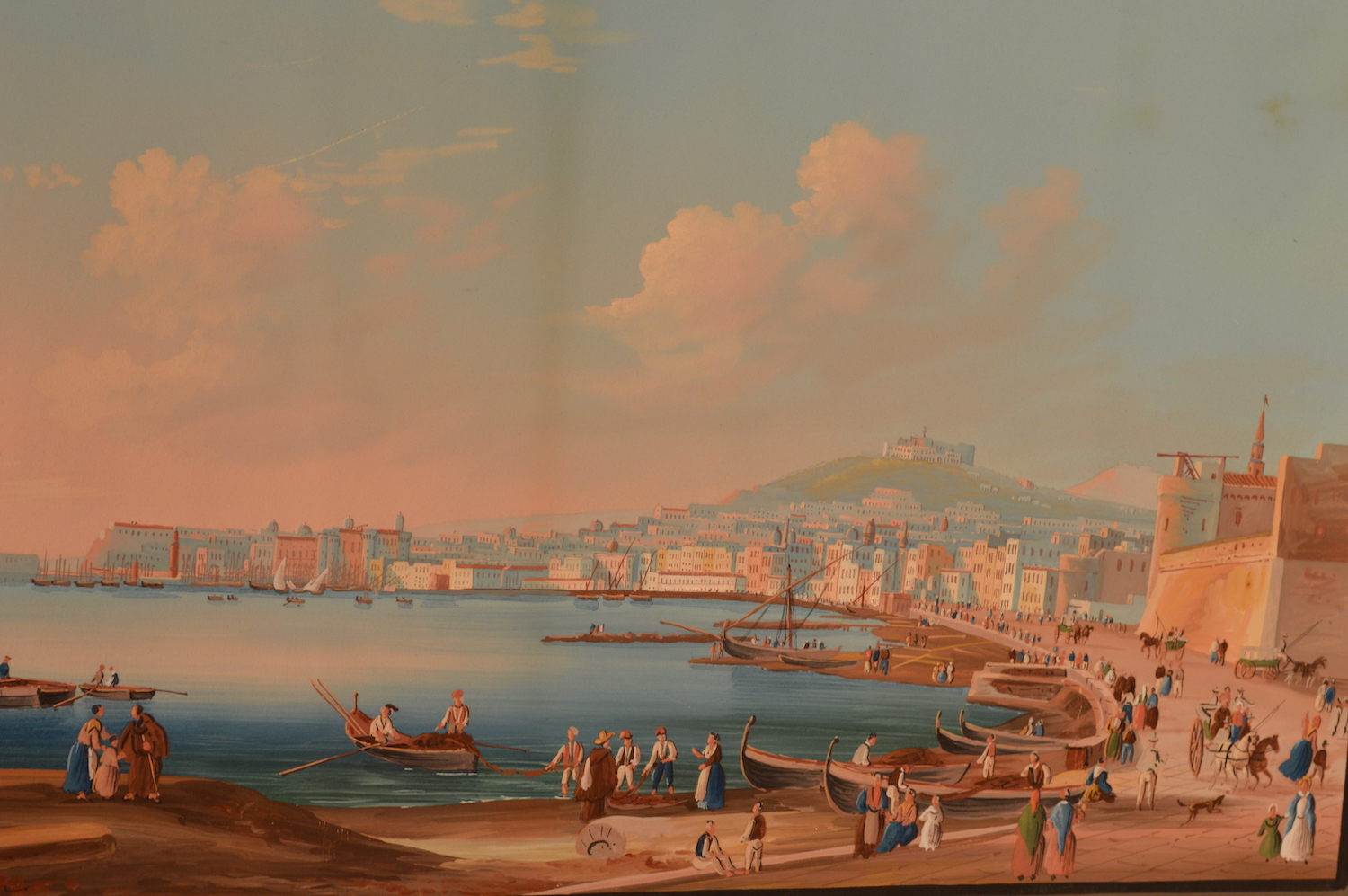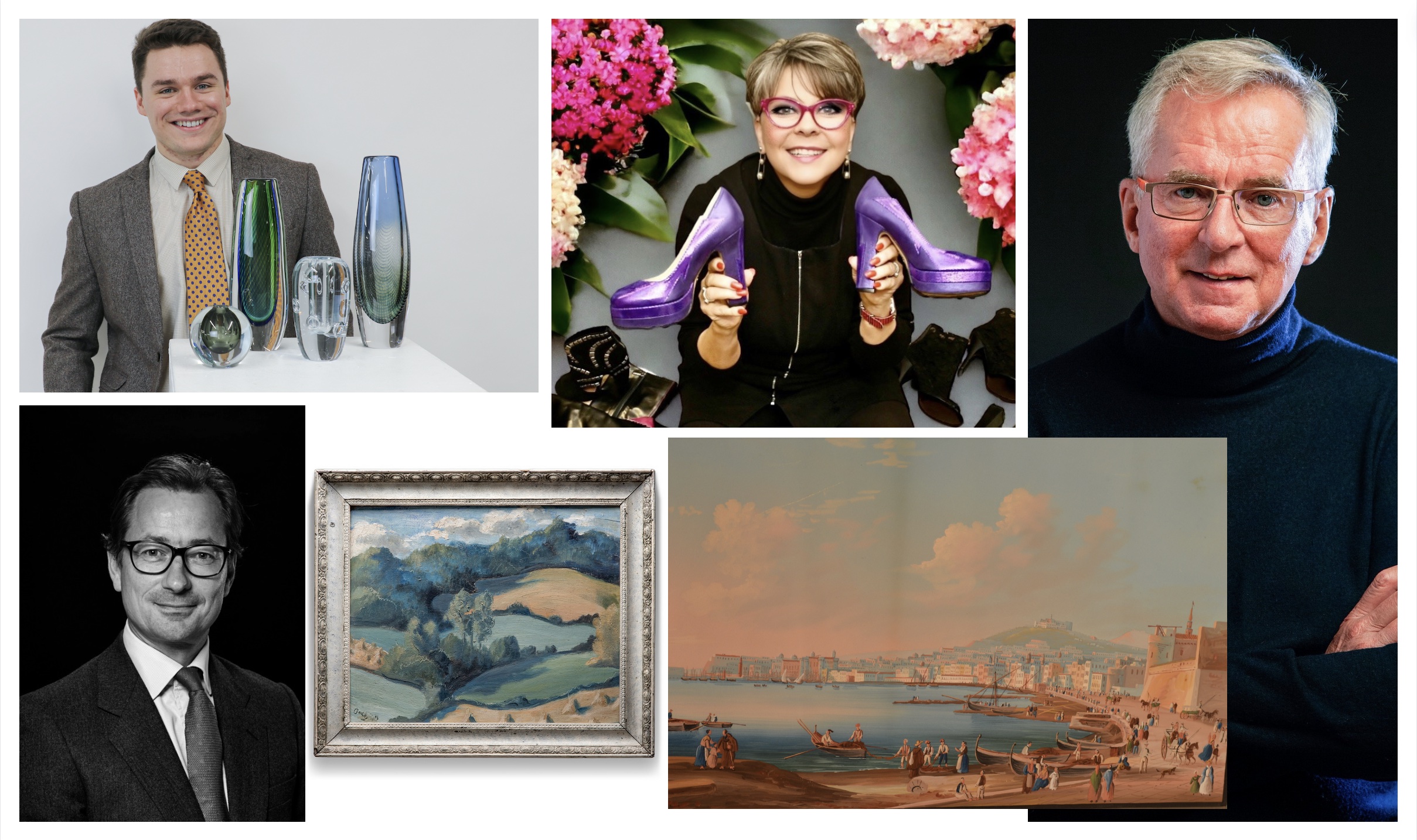#Collecting #antiques #art #experts #reveal #Antique #Collecting
 Looking for a new collecting obsession in the world of antiques, art and vintage? We asked some leading UK antiques experts to reveal what they collect, and give some advice to new collectors just starting out
Looking for a new collecting obsession in the world of antiques, art and vintage? We asked some leading UK antiques experts to reveal what they collect, and give some advice to new collectors just starting out
 Alex Froggatt
Alex Froggatt
Glass specialist at Sworders Fine Art Auctioneers collects Scandanavian glass
Scandinavian glass is my passion and area of collecting, particularly by the notable mid-20 th century firms such as Kosta and Orrefors. It appealed to me from the moment I entered the auction world at 15, plainly and simply, it just looks great! On top of that, I was amazed by how accessible it was, even with very modest means. In comparison to other areas of the auction world, the decorative clout that a modest piece of Swedish glass can add to a space seems very reasonable.
Despite being proud to be raised in Stourbridge, the home of glass at the end of the 19 th century, the output in Scandinavia post-war was incredible. Firms such as Orrefors continually pushed new developments in glass such as their Graal and Kraka techniques. The aforementioned techniques now both form part of my collection.
Like many crafts, local resources aid the industries that form around them. Numerous factories operated in the small, wooded area of Småland, romantically referred to as ‘The Kingdom of Crystal’. The local timber provided ample fuel for the glassworks that started to operate in this area from the mid-18th century. While there has been change of ownership through the years, Kosta Glassworks still operates and produces some of the best quality modern factory art glass on the market.
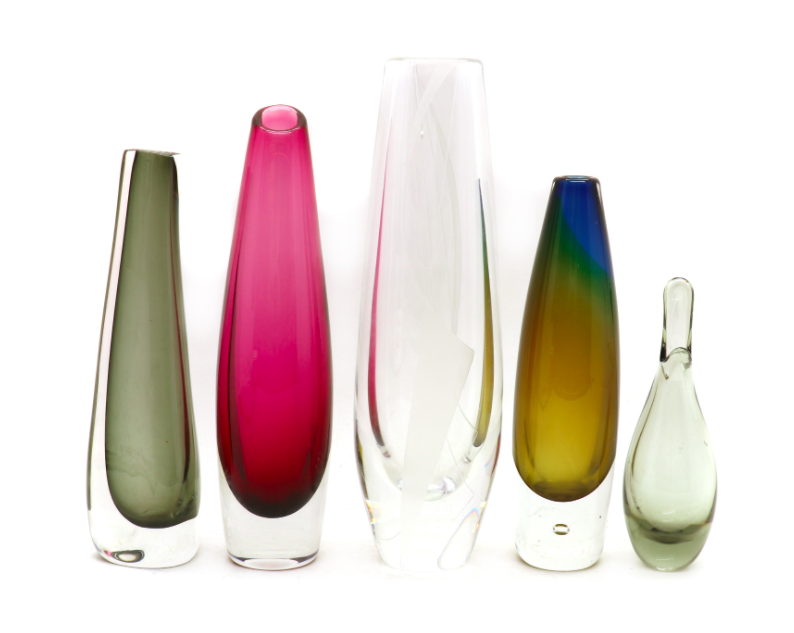
Under £50
Collecting Scandinavian glass can be done on a budget. Vessels that are clear and lack internal decoration can be bought for under the £50 mark and still showcase the wonders of Scandinavian form. These can benefit from displaying dry flowers, as these types of works do not favour water. On the other end of the spectrum, adding either stylistic engraving or complex internal decoration increases desirability and thus consequently value rises significantly. Designers to look out for include Vicke Lindstrand, Ingeborg Lundin and Sven Palmqvist. All of which have produced designs that are sprinkled over numerous texts on 20th century design, such as the Äpplet vase and Ravenna bowls.
 Robert Opie
Robert Opie
Consumer historian and author
On 8 September 1963, I was enjoying some Mackintosh’s Munchies when an idea came to me. Was anyone saving our throwaway history? t was a seminal moment in my life. From that moment on, I was compelled to keep what most sensible people discarded.
Cereal boxes, sweet wrappers, soft drinks bottles and more, all needed to be kept. Here was a story that was changing year by year. But who cared? Who appreciated it all? I did. Someone had to save what would become our consumer heritage. The new fad at that time was ‘real fruit’ yogurt. Within a few years I had gathered together a thousand pots – each one cleaned, dated and with the lid carefully replaced – including the novelty Choc Top yogurt of 1967.
Then, one day in 1970, I went to Kensington Gardens where the Round Pond was being drained for the first time since the 1930s. Out of the mud flats I pulled out six old milk bottles. Another lightbulb moment. The quest now extended to finding the history of all
those brands. To my amazement, it was possible to find Kiwi boot polish tins, Robin starch packs, Birds custard, Colmans mustard, Weetabix, Oxo, Bisto and the rest. It was just a matter of searching, but it was exhilarating.
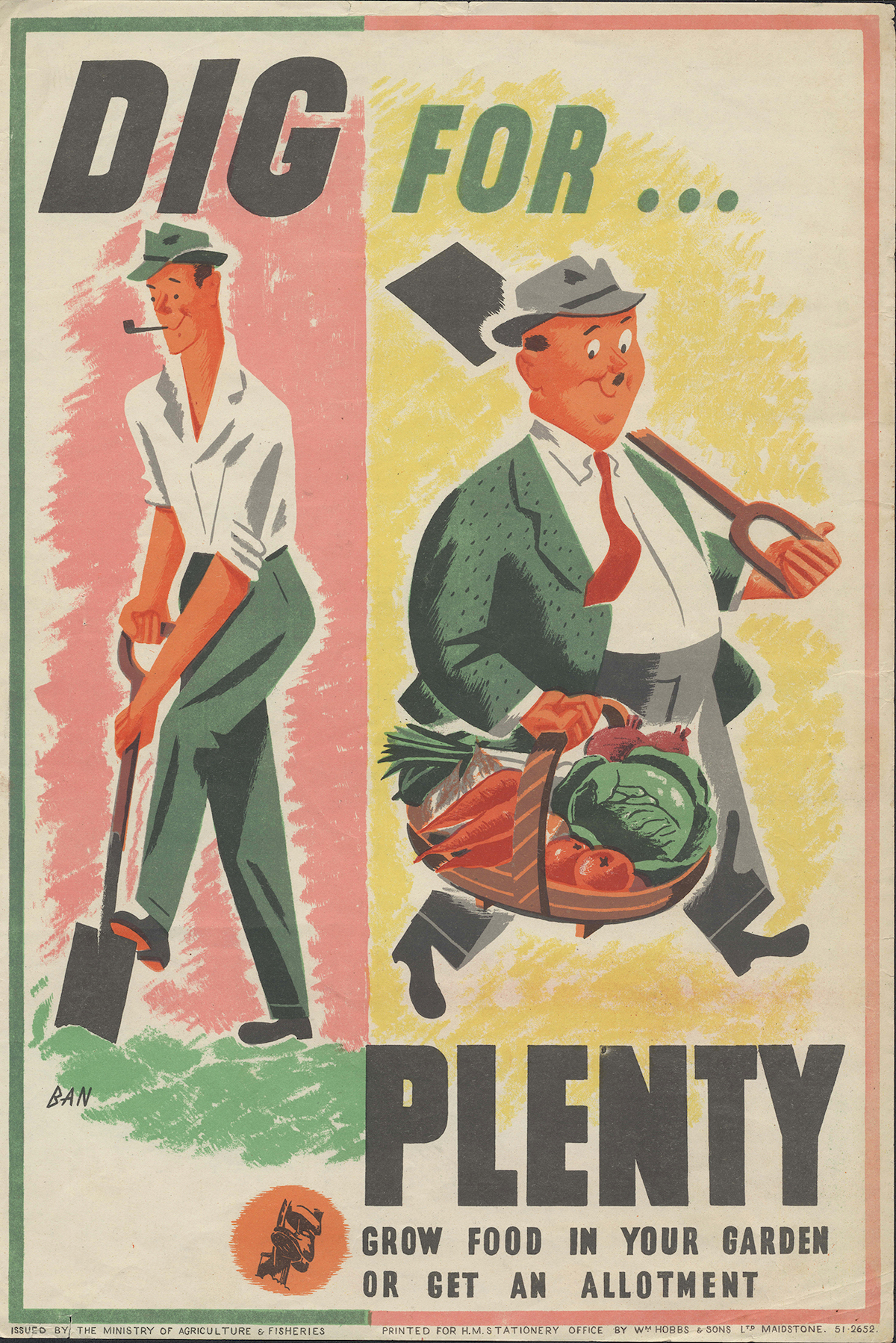
Today with more than 500,000 items in this archive, the threads of our society can be woven together to see the fabric of life. All this wonderful material has enabled 22 books and a two-hour documentary In Search of our Throwaway History.
Robert’s latest book The Graphic Design Sourcebook: 200 Years of Commercial Art from the Robert Opie Collection, is published by Unicorn priced £30.
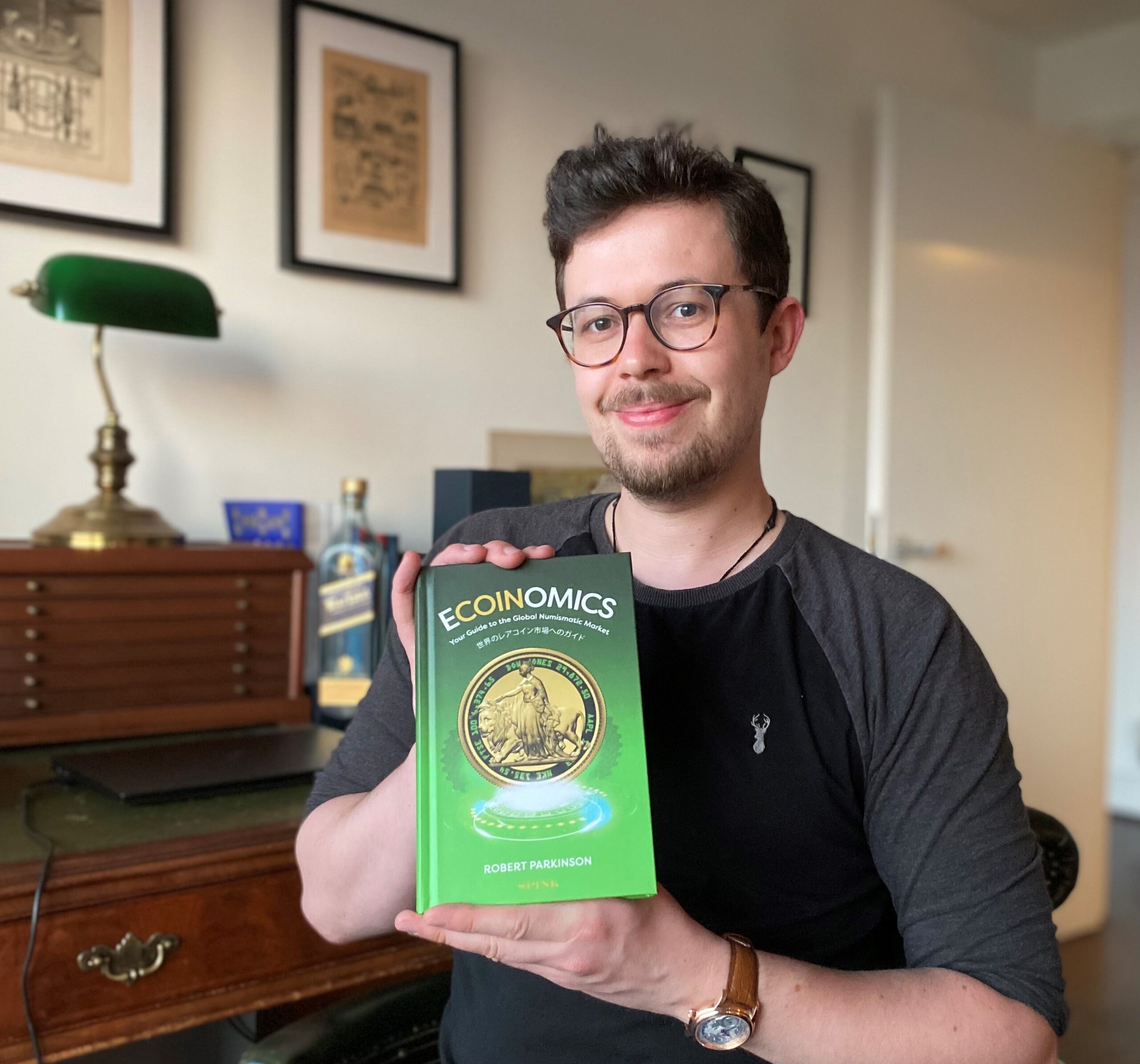 Robert Parkinson
Robert Parkinson
Coins and stamps specialist at eBay
I have been working with premium British coins for almost a decade, starting at Spink, moving on to Heritage Auctions in the US, then Sovereign Rarities and now eBay.
I collect primarily British coins but also ancient and foreign, anything that has strong eye appeal, rarity and great preservation. I feel that coins represent some of the most beautiful and diagnostic physical links to times long since past and places long since changed, fallen empires and distant lands. When holding an antique coin you imagine all of the hands that have held it, spent it, saved it or lost it.
My favourite piece is probably my silver shilling struck in 1658 bearing the portrait of Oliver Cromwell, although I do also like my Roman double-denarius featuring Carausius – a military commander of Britain who declared himself Emperor in 286 AD. What can I say… I seem to have a thing for usurpers!
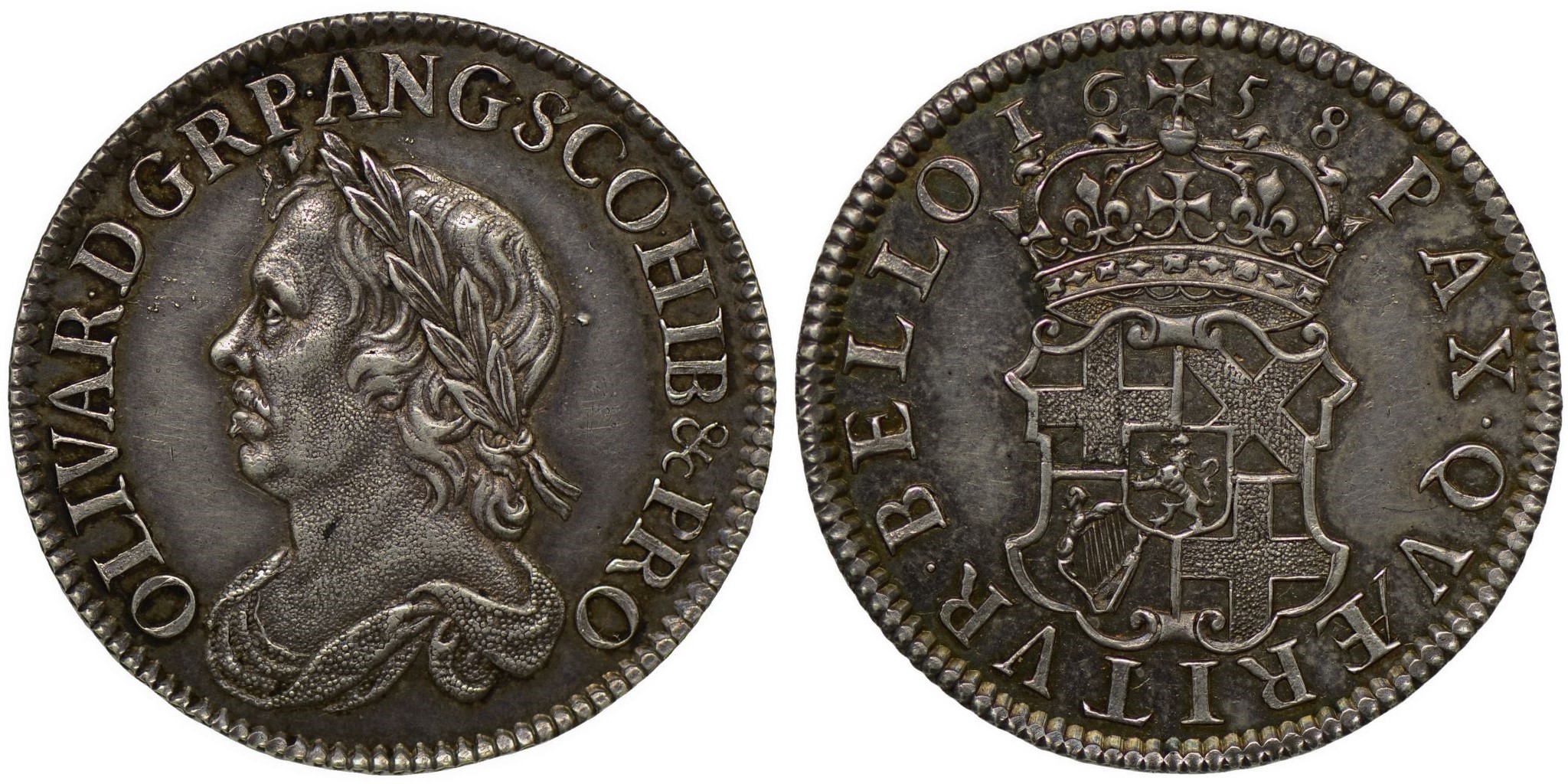

Elena Jackson
Vintage fashion specialist, Ewbank’s Auctioneers, Surrey
As my Christian name suggests, I am of Italian descent, and as such, take great pride in embracing everything encompassing design that is associated with Italian style, particularly shoes…My great grandfather was an artisan shoemaker and my mother a beauty queen – Miss Wales in the mid-1950s. She epitomised the curvy hourglass figure that was so admired at the time and always knew how to dress, paying special attention to her shoes.
She told me “Shoes play a very important role; they change the way you walk, how you feel and how others perceive you.”
I am a sucker for a well-made shoe and have been collecting my entire life. I am known for my joyful and eclectic taste in footwear around the auction house.
You might not be able to see my footwear when I am on the rostrum but rest assured, there’s always something very interesting afoot. My enthusiasm is very evident, from my tangerine Terry de Havilland platforms (above) to my original 1970s, Elton John-esque Stars and Stripes glam-rock kinky boots.
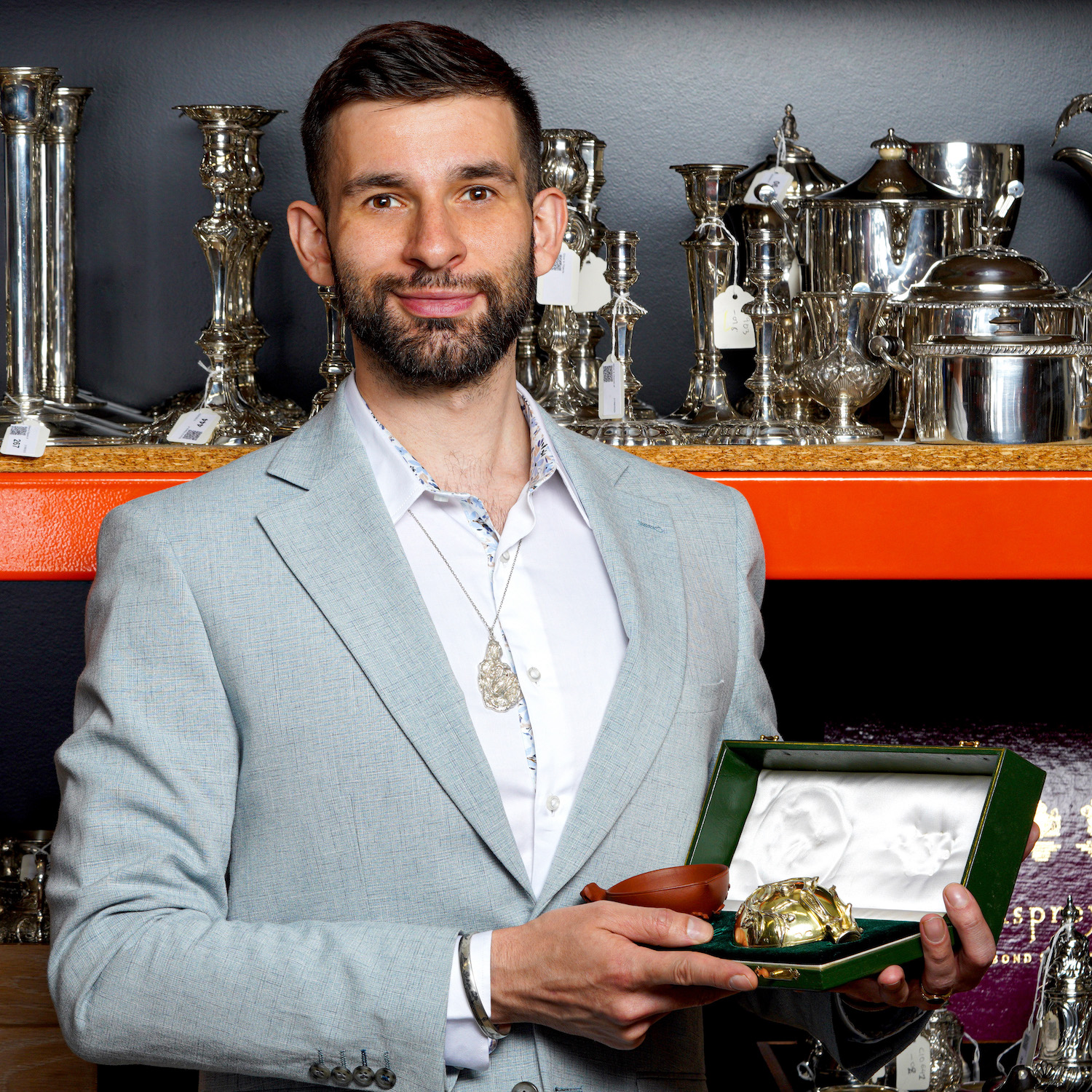 John Rogers
John Rogers
Associate director and head of silver and objects of vertu at Chiswick Auctions
Unsurprisingly I have a passion for collecting silver, with many themes ranging from Persian silver of the Qajar and Pahlavi dynasties, to 19th– century flatware patterns. But a central theme running throughout is the diversity of marks which can reveal so much about the origin of silverware including its location, date, purity and maker. For accuracy it is unrivalled by any other field of antiques. However as with any language there are aberrations, exceptions, and mutations and it is these that drive much of my interest in British and colonial silver.
Mistakes on official hallmarks may have happened for plethora of reasons and some of my favourites occur in the first half of the 18th century, such as the example of two leopards’ heads omitting the date letter on a Thomas Farren waiter made between 1729-1739.
Others take the form of exceptions which relate to Britannia standard silver, the higher purity introduced as the compulsory standard in 1697 until 1720. Thereafter it remained in optional use, but after 1732 when Paul de Lamerie switched to sterling standard, it was extremely rarely used until the 1870s. One of my favourite examples dates from 1782 and occurs on a waiter by John Crouch I and Thomas Hannam, which is engraved with the royal coat of arms and is likely for ambassadorial use, perhaps in France which used a similarly higher standard like Britannia.
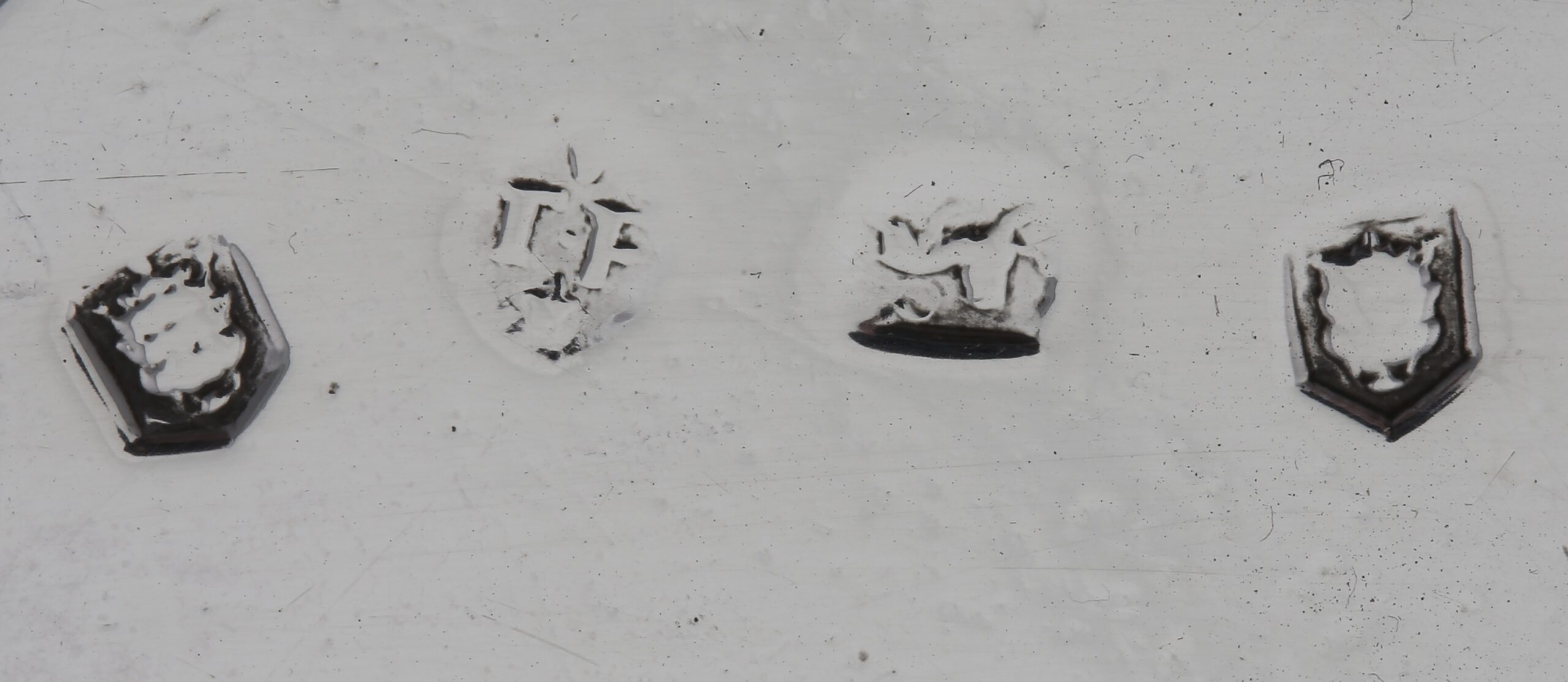
 Will Richards
Will Richards
Deputy chairman of the Berkshire auctioneer Dreweatts
Being an auctioneer puts me in the privileged position of being by surrounded by so many wonderful objects you would have to try hard not to collect along the way. With the growth of online bidding platforms it’s now also possible for everyone to collect whatever interests them at an affordable price. I use key word searches to let me when favourite artists are coming up which is how I managed to buy a drawing by the Spanish artist Celso Lagar (1891-1966) – one of Picasso’s contemporaries – for £80.
My main area of interest in art is inter-war and post-war British artists. This was a time of innovation and also a time when the horrors of war lead to a revival of the pastoral tradition. As well as the well-known artists, including Eric Ravilious, John Nash and Nicholson, there are also plenty of wonderful and more affordable artists who are very collectable, they don’t even need to be by a named artist. My favourite painting is the first one I ever bought from a market for less than £300. It is dated 1949 and while I have been unable to decipher the signature, it’s a wonderful, abstracted summer landscape typical of that era.
Printmaking was another area of innovation in post-war British art. I have bought a number of prints by well-known artists such as Julian Trevelyan and Elizabeth Frink at auction for under £1,500. Always check condition and focus on well-known subject themes and signed, limited editions with small edition runs. Collecting on any level is such fun and a wonderful journey of education.
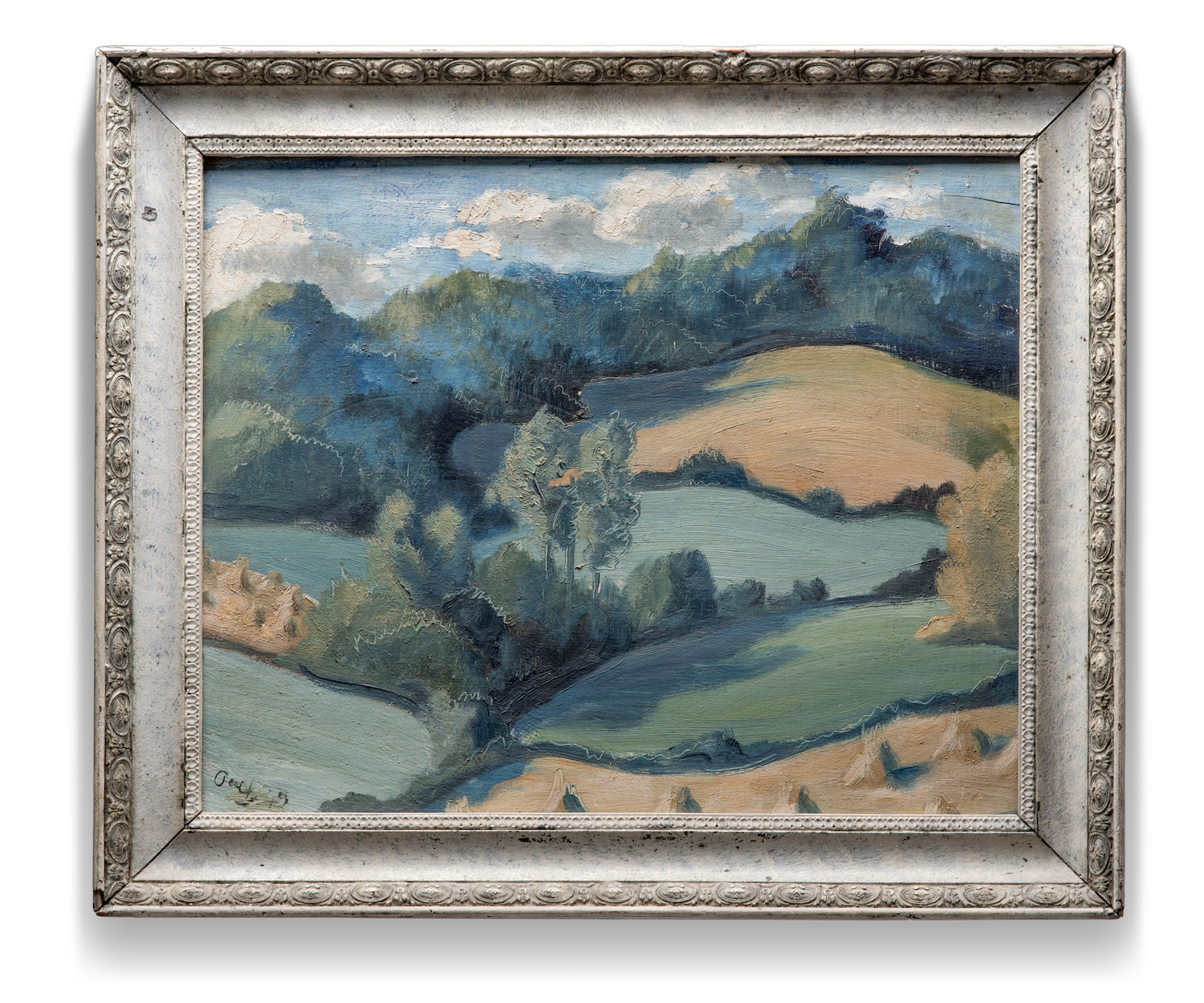
 Simeon Beever
Simeon Beever
Specialist in the antique arms, armour and militaria dpartment at Olympia Auctions in Olympia
I collect subject-based 18th-century and later snuff, patch and pill boxes. The collection started when I came across a single owner collection of enamel boxes at auction a couple of years ago. I left bids on many of the lots, but was only successful with one – a c. 1785 depiction of a Montgolfière hot air balloon.
The boxes show the events, personalities and activities which were important to the people of the time which, as a social historian by training and a previous collector of Edwardian postcards, appealed to me. Since winning that first box, I have expanded to include royalty, politics, sport and military subjects. In terms of medium, it has also grown beyond enamel to include boxes in wood and metal, though the enamel boxes remain my favourites. Date-wise, it now runs from the late 18th century, right up to an example from Charles and Diana’s Royal Wedding in 1981. The boxes usually hammer for between £50 and £500, depending on condition, subject and rarity. As always, a good provenance also adds value. I would love to have an anti-slavery box within the collection, but these are well outside of the price range I can afford.
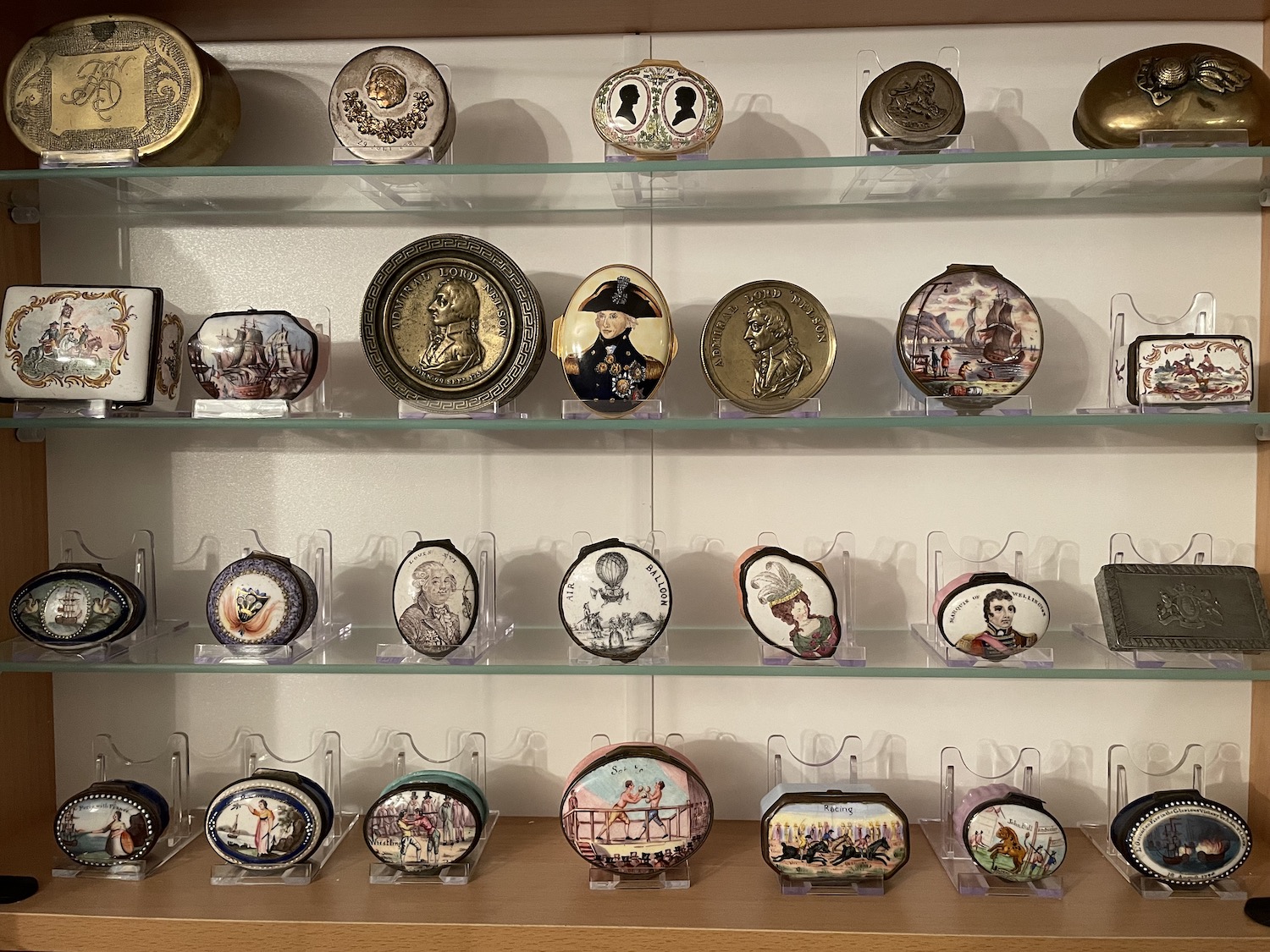
Antiques dealer and the founder of the sales website www.antiques.co.uk
Many years ago, when it was still a thriving antiques market, I had an indoor stand at the Portobello market. It was here, from 5am on Friday and Saturday mornings, I got to know the real London dealers including my neighbour who specialised in 19th-century Italian gouaches. The paintings were snapped up so quickly by the Italian dealers that nothing stayed on his stand longer than one day. Inspired by the turnaround I decided to start collecting them as well. As soon as I showed him my finds he snapped them off me for a bargain and sold them at a profit.
Italian gouaches are soft, opaque and translucent and fast-to-dry making them easy for artists to complete quickly. For me they have more depth than a watercolour and have stronger colours. You can feel the vibrancy and the atmosphere created by the artists.
Many tourists used this form of painting while they travelled as it was easy to transport and easy to sell. They were often created for the tourist industry and contain dramatic news-worthy scenes like Vesuvius and its continuous eruptions.
While some signed pieces by known artists can fetch six-figures, others start as low as £500 for a nice view.
For me they represent an important part of history, such as this beautiful Italian 19th– century gouache of the port and bay of the charming fishing town of Naples.
